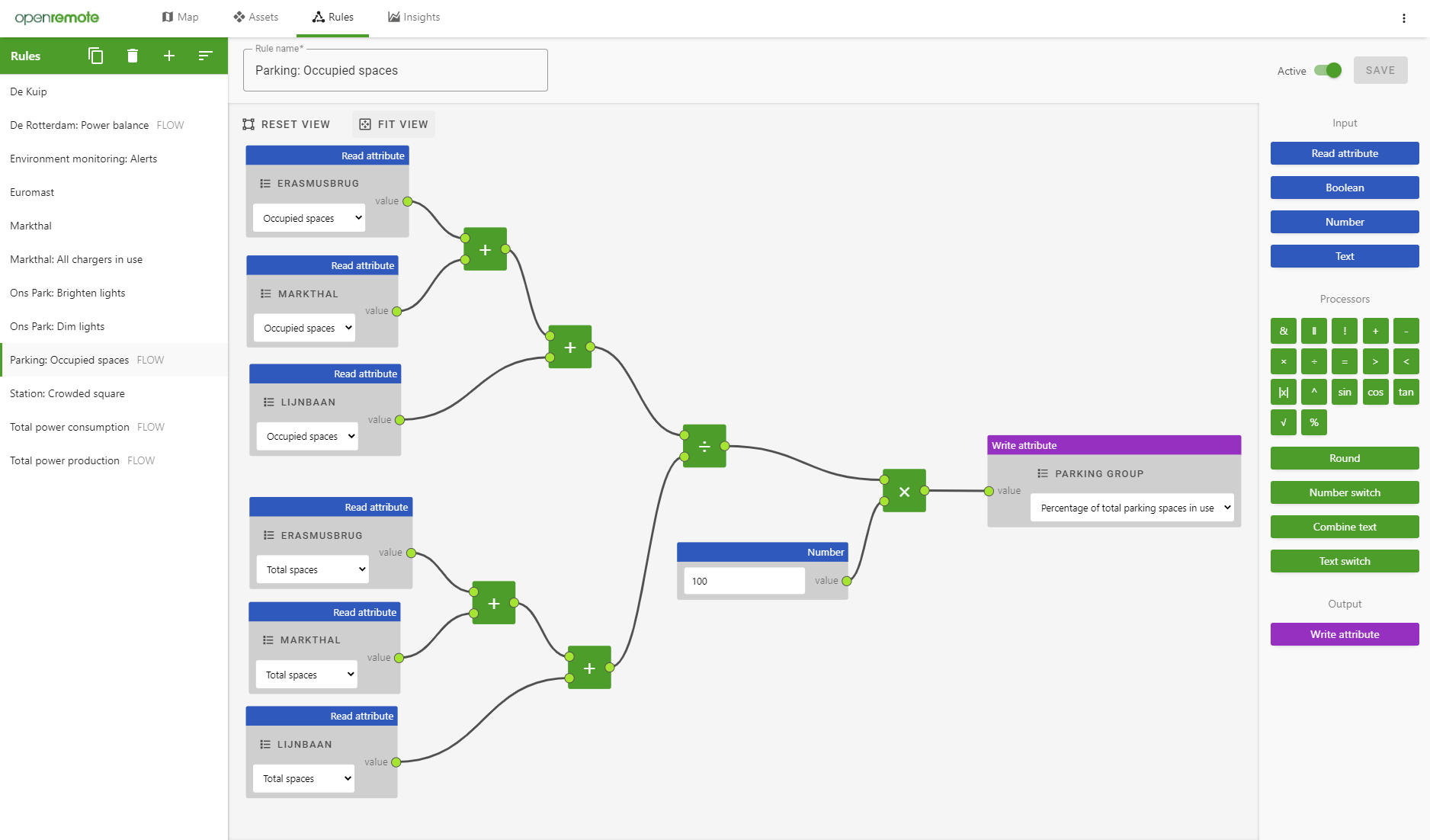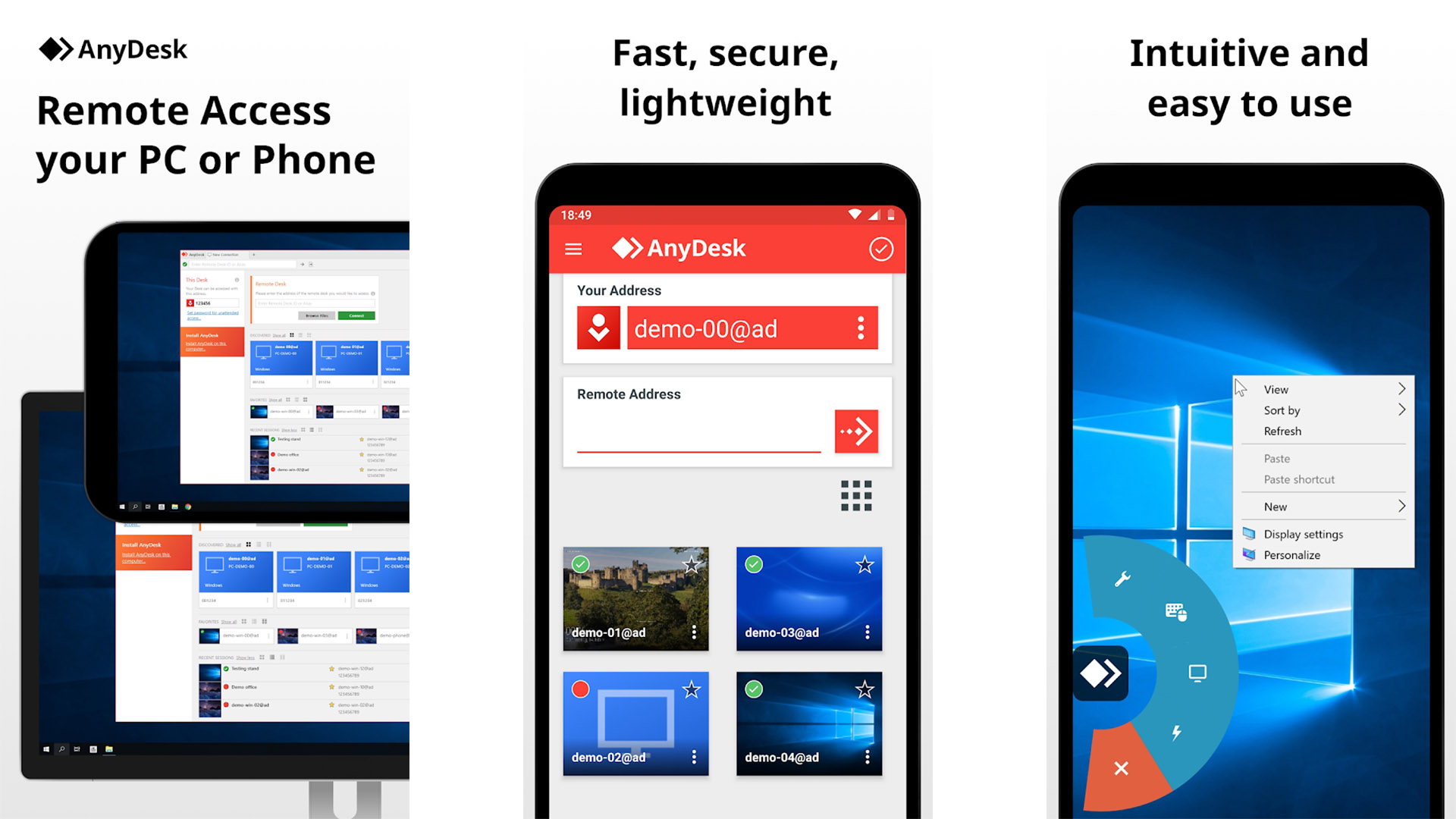In today’s interconnected world, the ability to securely connect remote IoT devices using P2P Android solutions has become a cornerstone of modern technology. With the rise of smart homes, industrial automation, and remote monitoring systems, the demand for seamless, secure, and efficient connectivity is higher than ever. Peer-to-peer (P2P) technology, combined with Android’s versatility, offers a robust solution for managing IoT devices from anywhere in the world. However, ensuring that these connections remain secure and reliable is a challenge that requires a deep understanding of both IoT and cybersecurity principles.
Whether you’re a developer, a tech enthusiast, or a business owner looking to leverage IoT, understanding the intricacies of securely connecting remote IoT devices is essential. The integration of P2P technology with Android platforms allows users to bypass traditional network limitations, offering direct communication between devices. This not only enhances efficiency but also reduces latency, making it ideal for real-time applications. However, with great convenience comes great responsibility, as the security of these connections must be prioritized to prevent unauthorized access and data breaches.
As we delve deeper into the topic, we will explore the various methods, tools, and best practices for securely connecting remote IoT devices using P2P Android solutions. From understanding the underlying technology to implementing advanced security measures, this article will serve as a comprehensive guide for anyone looking to harness the power of IoT while maintaining the highest standards of security. Let’s embark on this journey to unlock the full potential of IoT connectivity.
Read also:Exploring Liam Neesonrsquos Wealth How Much Is He Worth In 2023
Table of Contents
- What Are the Benefits of Using P2P Android for Secure IoT Connectivity?
- How Does P2P Technology Enhance Remote IoT Device Management?
- What Are the Common Security Risks When Connecting Remote IoT Devices?
- Best Practices for Securing Remote IoT P2P Android Connections
- Can P2P Android Solutions Be Scaled for Large IoT Networks?
- Tools and Platforms for Implementing Secure IoT P2P Android Connections
- How to Troubleshoot Issues with Securely Connecting Remote IoT P2P Android?
- Frequently Asked Questions About Securely Connecting Remote IoT P2P Android
What Are the Benefits of Using P2P Android for Secure IoT Connectivity?
Peer-to-peer (P2P) technology has revolutionized the way we connect devices, and when combined with Android platforms, it offers a host of benefits for IoT applications. One of the primary advantages is the elimination of intermediaries, such as servers, which reduces latency and enhances performance. This direct connection ensures that data is transmitted quickly and efficiently, making it ideal for real-time applications like video surveillance, smart home automation, and industrial monitoring.
Another significant benefit is cost-effectiveness. By leveraging P2P Android solutions, users can avoid the expenses associated with maintaining centralized servers. This is particularly advantageous for small businesses and startups that need to manage IoT devices without breaking the bank. Additionally, Android’s widespread adoption and open-source nature make it an accessible platform for developers, enabling them to create custom applications tailored to specific IoT needs.
Security is also a key advantage of P2P Android solutions. With proper encryption protocols and authentication mechanisms, P2P connections can be made highly secure, ensuring that sensitive data remains protected from unauthorized access. Moreover, the decentralized nature of P2P networks makes them less vulnerable to single points of failure, enhancing overall reliability. These benefits make P2P Android solutions a compelling choice for securely connecting remote IoT devices.
Why Is P2P Android Ideal for IoT Applications?
P2P Android solutions are uniquely suited for IoT applications due to their flexibility and scalability. Unlike traditional client-server models, P2P networks allow devices to communicate directly, reducing the load on central servers and improving efficiency. This is particularly important for IoT ecosystems, where numerous devices often need to exchange data simultaneously.
Additionally, Android’s compatibility with a wide range of hardware makes it a versatile platform for IoT development. Whether you’re working with smart home devices, wearable technology, or industrial sensors, Android provides the tools and frameworks needed to build robust applications. Its support for various communication protocols, such as MQTT and CoAP, further enhances its suitability for IoT use cases.
What Are the Key Features of P2P Android for IoT Connectivity?
- Direct Device Communication: P2P eliminates the need for intermediaries, ensuring faster and more reliable connections.
- Enhanced Security: Advanced encryption and authentication mechanisms protect data during transmission.
- Cost Efficiency: Reduced reliance on centralized servers lowers operational costs.
- Scalability: P2P networks can easily accommodate a growing number of devices without compromising performance.
- Real-Time Data Exchange: Ideal for applications requiring low latency, such as video streaming and remote monitoring.
How Does P2P Technology Enhance Remote IoT Device Management?
P2P technology plays a pivotal role in enhancing the management of remote IoT devices by providing a decentralized framework for communication. This approach not only simplifies the process of connecting devices but also improves the overall efficiency of IoT ecosystems. By enabling direct communication between devices, P2P technology eliminates the bottlenecks associated with traditional client-server models, ensuring smoother operations and faster response times.
Read also:Unveiling The Life Of Rob Dyrdeks Wife A Deep Dive Into Their Beautiful Journey Together
One of the most significant advantages of P2P technology is its ability to facilitate remote device management without the need for constant internet connectivity. This is particularly beneficial in scenarios where devices are deployed in remote or hard-to-reach locations. For instance, agricultural IoT systems can use P2P Android solutions to monitor soil conditions, weather patterns, and crop health, even in areas with limited internet access. This ensures that critical data is always available, regardless of external network constraints.
Furthermore, P2P technology enhances the scalability of IoT networks. As the number of connected devices grows, traditional client-server models often struggle to keep up with the increased demand. In contrast, P2P networks can dynamically adapt to accommodate additional devices, ensuring consistent performance. This scalability is crucial for industries like healthcare, where IoT devices are used to monitor patients, track medical equipment, and manage hospital operations.
How Does P2P Technology Simplify Remote IoT Management?
P2P technology simplifies remote IoT management by reducing the complexity of network architecture. Instead of relying on a central server to manage all communication, devices can interact directly with one another. This not only reduces the risk of server overload but also minimizes the potential for downtime caused by server failures.
Additionally, P2P networks enable devices to operate autonomously, reducing the need for constant human intervention. For example, smart home systems can use P2P Android solutions to automate tasks like adjusting thermostat settings, controlling lighting, and managing security cameras. This level of automation not only improves convenience but also enhances energy efficiency, leading to cost savings for users.
What Are the Challenges of Using P2P for Remote IoT Management?
- Security Risks: Without proper encryption and authentication, P2P networks can be vulnerable to cyberattacks.
- Compatibility Issues: Not all IoT devices may support P2P communication protocols, requiring additional configuration.
- Network Complexity: Managing a large number of interconnected devices can become challenging without the right tools.
- Regulatory Compliance: Ensuring that P2P networks adhere to data protection regulations can be a complex task.
What Are the Common Security Risks When Connecting Remote IoT Devices?
While P2P Android solutions offer numerous benefits for IoT connectivity, they also come with their fair share of security risks. Understanding these risks is crucial for implementing effective safeguards and ensuring the integrity of your IoT network. One of the most common threats is unauthorized access, where malicious actors exploit vulnerabilities in the network to gain control of connected devices. This can lead to data breaches, device tampering, and even physical damage in some cases.
Another significant risk is data interception. Without proper encryption, sensitive information transmitted between devices can be intercepted by cybercriminals. This is particularly concerning for industries like healthcare and finance, where the confidentiality of data is paramount. Additionally, IoT devices often lack robust security features, making them easy targets for attacks such as Distributed Denial of Service (DDoS), which can disrupt operations and cause significant downtime.
Furthermore, the decentralized nature of P2P networks can sometimes make it difficult to monitor and manage security effectively. Unlike traditional client-server models, where security measures can be centralized, P2P networks require a distributed approach to security. This can complicate the implementation of consistent security policies and increase the risk of oversight.
How Can You Mitigate Security Risks in P2P IoT Networks?
Mitigating security risks in P2P IoT networks requires a multi-layered approach that combines technical measures, best practices, and user education. One of the most effective strategies is to implement end-to-end encryption for all data transmissions. This ensures that even if data is intercepted, it remains unreadable to unauthorized parties. Additionally, using strong authentication mechanisms, such as multi-factor authentication (MFA), can help prevent unauthorized access to devices.
Regular software updates are another critical component of IoT security. Many security vulnerabilities arise from outdated firmware or software, so ensuring that all devices are kept up to date is essential. Furthermore, network segmentation can be used to isolate IoT devices from other parts of the network, reducing the potential impact of a security breach. Finally, educating users about the importance of security and best practices, such as using strong passwords and avoiding suspicious links, can go a long way in preventing attacks.
What Are the Best Tools for Monitoring IoT Security?
- Network Intrusion Detection Systems (NIDS): Monitor network traffic for suspicious activity.
- Endpoint Protection Platforms: Provide real-time protection for IoT devices.
- Vulnerability Scanners: Identify and address security weaknesses in the network.
- Security Information and Event Management (SIEM): Centralize security monitoring and analysis.
Best Practices for Securing Remote IoT P2P Android Connections
Securing remote IoT P2P Android connections requires a proactive approach that addresses both technical and operational aspects. One of the first steps is to implement strong encryption protocols, such as AES-256, to protect data during transmission. This ensures that even if data is intercepted, it remains secure and unreadable to unauthorized parties. Additionally, using secure communication protocols like TLS (Transport Layer Security) can further enhance the security of P2P connections.
Authentication is another critical component of IoT security. Implementing robust authentication mechanisms, such as OAuth 2.0 or OpenID Connect, ensures that only authorized users and devices can access the network. Multi-factor authentication (MFA) can provide an additional layer of security by requiring users to verify their identity through multiple methods, such as passwords and biometric data.
Regularly updating firmware and software is also essential for maintaining the security of IoT devices. Many vulnerabilities arise from outdated software, so ensuring that all devices are kept up to date is crucial. Additionally, network segmentation can be used to isolate IoT devices from other parts of the network, reducing the potential impact of a security breach. Finally, monitoring network traffic for suspicious activity and implementing intrusion detection systems can help identify and mitigate threats before they cause significant damage.
Why Is Encryption Essential for IoT Security?
Encryption is a cornerstone of IoT security, as it ensures that sensitive data remains protected during transmission. Without encryption, data transmitted between devices can be intercepted and read by unauthorized parties, leading to potential data breaches. By implementing strong encryption protocols, such as AES-256, users can safeguard their data and maintain the confidentiality of their IoT communications.
What Are the Key Steps to Secure IoT Devices?
- Enable Encryption: Use strong encryption protocols to protect data during transmission.
- Implement Authentication: Require users and devices to verify their identity before accessing the network.
- Update

